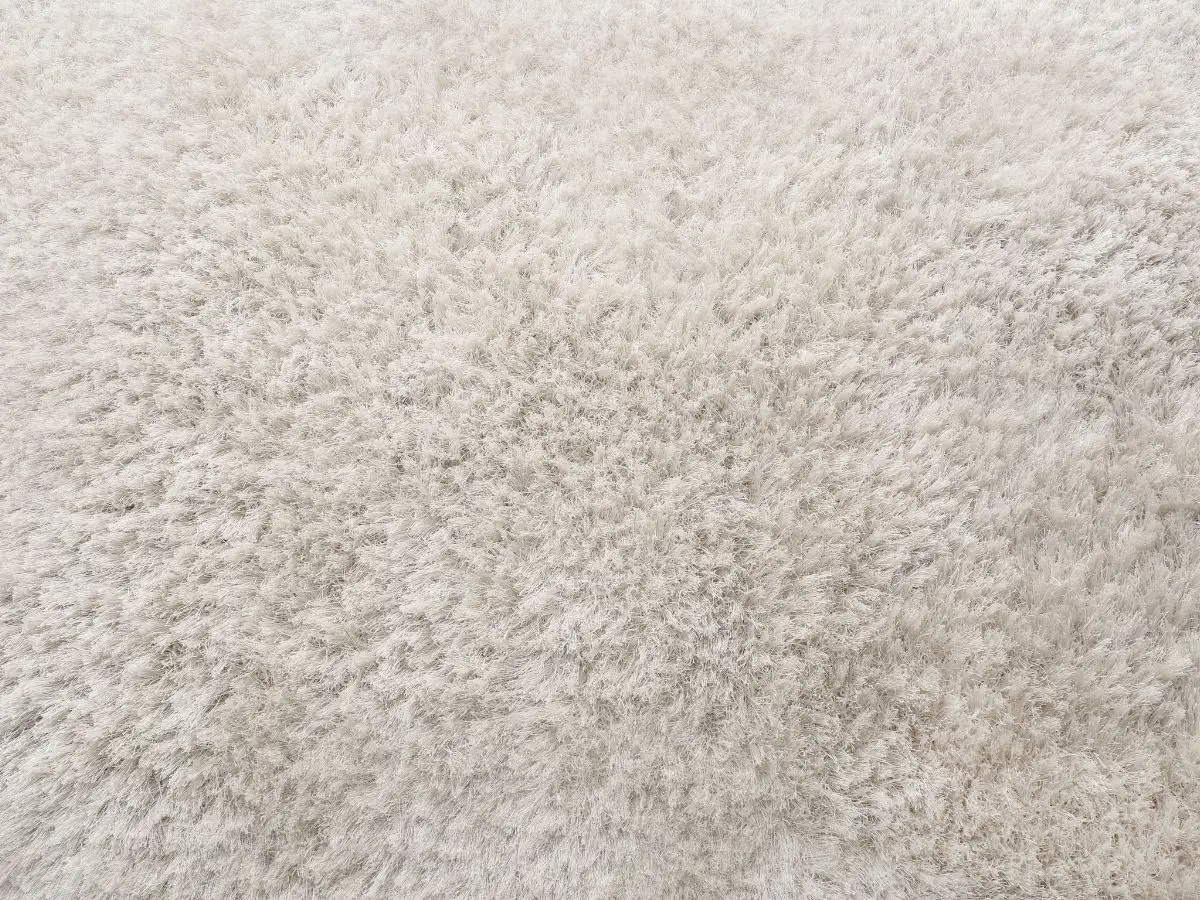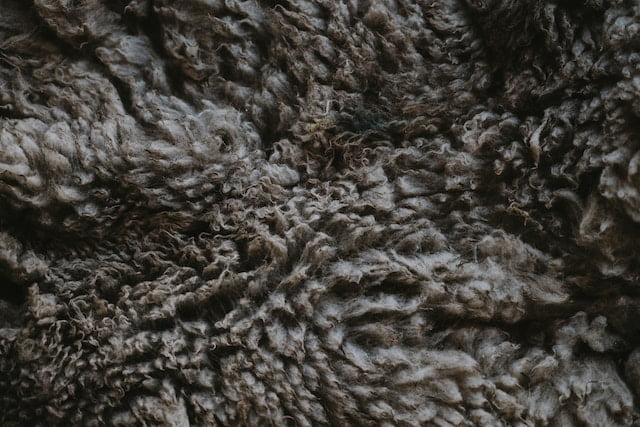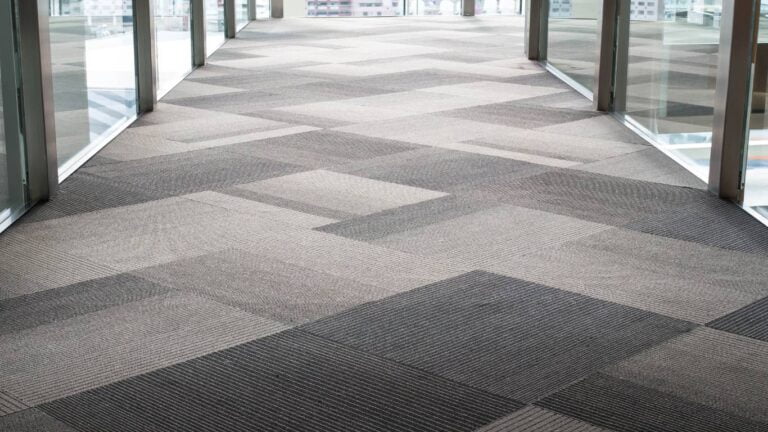Wool carpets add a touch of luxury to any room, but without proper care, they can quickly lose their lustre. Are you struggling to maintain the elegance of your wool carpet? Don’t worry! With the right guidance, you’ll be able to keep your cherished floor covering looking pristine and extend its life, ensuring that soft, comfortable feel underfoot is preserved for years. Let’s explore our comprehensive guide, tailored to safeguard the quality of your wool carpet, and turn your cleaning routine into an effortless task.

Understanding Wool Carpets
Benefits of Wool Carpets
Wool carpets are a hallmark of sophistication and comfort in many homes, and there’s a good reason for that. They offer a multitude of benefits that make them a top choice for homeowners like you. One of the most significant advantages of wool carpets is their natural ability to resist dirt and dust accumulation. Thanks to the structure of the wool fibres, they can repel some degree of soiling. This doesn’t mean you can skip regular cleaning, but it does mean that wool carpets can keep their pristine appearance for longer compared to other materials.
Wool is also known for its durability and resilience. A well-maintained wool carpet can last for decades, keeping its shape and texture even under heavy foot traffic. This longevity is down to wool’s natural elasticity, which lets the fibers bounce back after being compressed. Plus, wool carpets are excellent insulators, providing warmth in the winter and a cool surface during the summer, contributing to a comfortable indoor environment all year round.
Another benefit you can’t ignore is wool’s natural fire resistance. Wool carpets are less likely to ignite compared to synthetic fibres, and they can act as a natural fire retardant, adding an extra layer of safety to your home. Lastly, wool carpets are an eco-friendly option, as wool is a renewable resource and the carpets themselves are biodegradable at the end of their life cycle, making them a sustainable choice for environmentally conscious consumers. Compare the different carpet types here.
Composition and Characteristics of Wool
When you get to know the composition and characteristics of wool, you’ll be better equipped for proper carpet care. Wool is a protein-based fibre, primarily made up of keratin, which is the same protein found in human hair and nails. This composition gives wool its unique properties, such as the ability to absorb moisture without feeling wet. Wool can take in about one-third of its weight in moisture, which helps in regulating humidity within a room.
The natural crimp in wool fibres adds to their elasticity and resilience, allowing them to recover from pressure and retain their original shape. This crimp also creates tiny pockets of air within the carpet, enhancing wool’s insulating properties. Moreover, the overlapping scales on the surface of wool fibres create a barrier that can repel liquid spills to some extent, giving you a window of opportunity to clean up spills before they soak in deeper.
However, these same characteristics that make wool carpets so appealing also mean they need specific cleaning techniques. Wool’s absorbency means that it can hold onto stains and odours if not treated properly. The protein-based nature of wool also means it can be damaged by harsh chemicals, high temperatures, and excessive agitation, all of which must be considered when cleaning wool carpets.
Common Challenges in Cleaning Wool Carpets
Caring for wool carpets presents a set of challenges that require a gentle yet effective approach. One of the primary concerns is avoiding excessive moisture. While wool can handle moisture, too much water can lead to issues such as shrinkage, mould growth, and fibre damage. This is why DIY steam cleaning methods should be approached with caution. It’s crucial to use equipment that doesn’t drench the carpet and to ensure that the carpet dries thoroughly and quickly after cleaning.
Another challenge is choosing the right cleaning agents. Wool carpets can be sensitive to alkaline substances and bleach, which can break down the fibres and cause irreversible damage. Therefore, it’s vital to use wool-safe cleaners and to always do a spot test on an inconspicuous area of the carpet before applying any cleaning solution to a larger area. This helps to ensure that the cleaner won’t cause discoloration or texture changes.
Prompt action is also necessary when dealing with spills. Blotting spills quickly with a clean, absorbent cloth can prevent the liquid from seeping into the fibres and setting as a stain. Rubbing or scrubbing should be avoided, as this can cause the wool fibres to felt and mat together, leading to a damaged area that stands out from the rest of the carpet.
There are times when the expertise of professionals is necessary, especially when dealing with deep-seated dirt, allergens, or stubborn stains. Professional steam cleaning, with its advanced techniques and wool-friendly equipment, can rejuvenate a wool carpet without the risks associated with DIY methods.

Pre-Cleaning Preparations
Being proactive is essential for maintaining wool carpets. Before initiating any cleaning process, it’s important to prepare properly to ensure the safety and longevity of the delicate fibers.
Vacuuming Techniques for Wool
Consistent vacuuming is essential for wool carpet maintenance. It’s important to use a vacuum with adjustable suction and a brush that’s gentle on wool. Vacuuming at least twice a week, using varied directions, helps prevent the accumulation of grime that can affect the carpet’s appearance.
Spot Testing Cleaners
It’s imperative to use cleaners that are formulated for use on wool. Even with the appropriate cleaner, conducting a spot test on a hidden section of the carpet is necessary to confirm that there is no negative reaction. Once the cleaner is verified to be safe, you can proceed with spot cleaning.
Addressing Spills and Stains Immediately
Quickly addressing spills is crucial. Blot excess liquid with a clean, absorbent cloth, avoiding rubbing. For solid spills, gently remove the substance with a spoon or a dull knife. After the initial clean-up, apply the pre-tested cleaner as directed, blotting gently to remove the stain. This careful approach helps prevent the spill from becoming a permanent mark on your wool carpet.
Selecting Wool Carpet Cleaners
When selecting products to clean wool carpets, it’s essential to choose those that are gentle on the fibers. Look for cleaners that carry the ‘wool-safe’ label or the WoolSafe mark, signifying they have been evaluated and approved for use on woolen textiles. These products typically exclude strong chemicals such as bleach, which can degrade wool fibers and alter their color. They often include mild detergents that effectively remove dirt without leaving behind any residue or altering the carpet’s natural pH.
For those who prefer homemade solutions, a combination of warm water and a mild liquid soap can be effective. It’s crucial, however, to use these homemade mixtures sparingly and ensure they are completely rinsed out to avoid soap residue that can attract dirt in the future.
Commercial wool carpet cleaners, designed for ease of use, may offer a more robust cleaning. They have the advantage of being pre-tested, which removes the uncertainty from the cleaning process. Regardless of whether a homemade or store-bought product is used, conducting a spot test on a hidden area of the carpet is essential to prevent any potential damage.
The pH level of a cleaning solution is an important factor to consider. Wool carpets are best maintained with solutions that have a pH level close to neutral, like that of water, to keep the fibres from becoming brittle and damaged. This balance is key to preserving the wool’s softness and sheen, ensuring the carpet remains an elegant and durable element of your home décor.
Choosing the appropriate cleaner for your wool carpet is not only about keeping its appearance intact but also about safeguarding the quality and longevity of your investment. Whether opting for a homemade mixture or a commercial product, it’s important to assess the ingredients, the pH level, and to always conduct a preliminary test. With careful selection and use, your wool carpets can retain their plush feel and luxurious look, reducing the need for professional cleaning services.

Cleaning Techniques for Wool Carpets
Gentle Agitation for Dirt Loosening
For effective soil removal, a vacuum with a soft-bristled attachment is recommended to gently agitate the carpet without causing damage to the fibres.
Steam Cleaning: Pros and Cons
Steam cleaning can refresh the carpet’s surface and reduce some allergens, but it must be done with care to avoid over-wetting. Professional-grade equipment used by experts can achieve a deeper clean without the risk of moisture-related issues.
Dry Cleaning Methods
Dry cleaning is an alternative that involves applying a dry compound that binds to soil, which is then vacuumed away. This method is suitable for routine cleaning and poses a minimal risk of moisture damage. However, for more challenging cleaning tasks, such as removing ingrained dirt or persistent stains, a professional’s assessment and treatment might be necessary.
Post-Cleaning Wool Carpet Care
After cleaning your wool carpet, it’s crucial to follow up with appropriate care to preserve its condition and aesthetic appeal.
Proper Drying Practices
Ensuring the carpet dries thoroughly is vital to prevent complications such as mould or unpleasant odours. Facilitate this by enhancing air circulation in the room, possibly with the aid of fans. Refrain from stepping on the carpet until it has completely dried to avoid compaction of the fibres or embedding dirt. For more information visit our blog on drying wet carpet.
Combating Pilling and Fuzzing
To address pilling and fuzzing, which can occur with wool, use a wool comb or a vacuum with a suitable attachment to gently remove these imperfections. This maintenance step can rejuvenate the carpet’s appearance without inflicting harm. Excessive force during this process can exacerbate the issue, so it’s important to proceed with care.
Routine Maintenance Tips
In addition to regular vacuuming, it’s advisable to occasionally reposition furniture to distribute wear evenly and to draw blinds or curtains to shield the carpet from sun damage, which can cause the colours to fade. Adhering to these maintenance practices will help maintain the carpet’s integrity and visual appeal for years to come.
Preserve and Protect Your Wool Carpets
Caring for your wool carpets doesn’t have to be intimidating. With the tips and techniques I’m sharing, you’ll be able to confidently handle most cleaning challenges at home, enhancing the life and beauty of your woollen treasures. Regular maintenance, like careful vacuuming and immediate spot treatment, will keep your carpets in top condition, preventing everyday dirt from turning into long-term problems.
But when you’re up against tougher challenges, it’s worth remembering the benefits of professional steam cleaning. It’s an investment that pays off by not only removing entrenched dirt and grime but also by preserving the integrity and extending the longevity of your wool carpet. You should trust the expertise of professionals when your carpet needs a deeper, more thorough revival.
Cherish your wool carpets by finding the right balance between DIY care and professional carpet cleaning assistance, ensuring they remain a source of pride and comfort in your home for many years to come.




